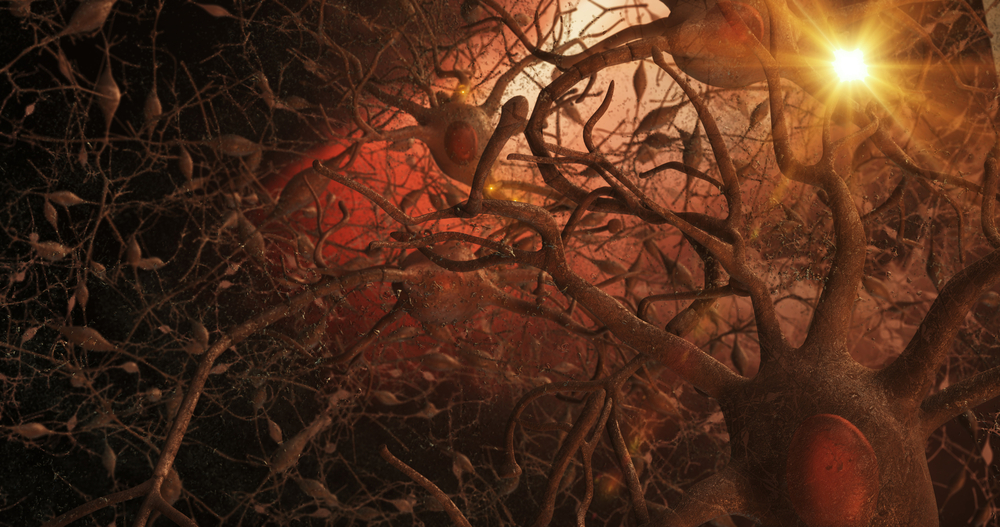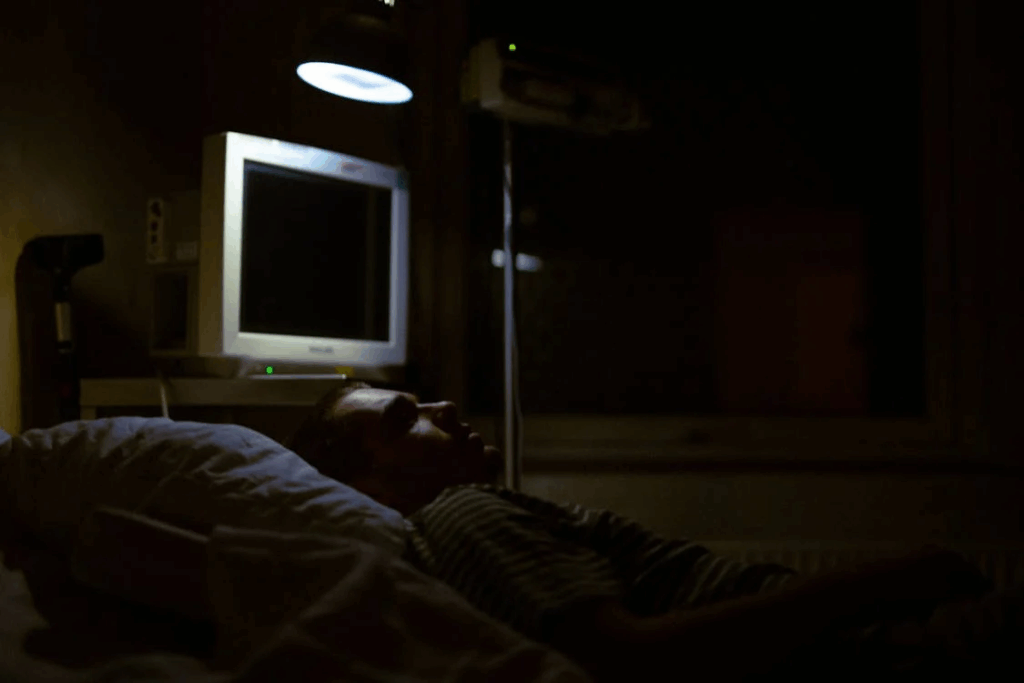The moment of death has long fascinated humanity, sparking countless cultural beliefs, religious traditions, and scientific inquiries. Recent research has uncovered something truly remarkable about the dying brain. Your brain might remain active and aware for several minutes after your heart stops beating, challenging our conventional understanding of when life truly ends.
Scientists have now developed simulations that offer unprecedented glimpses into what our brains experience during those final moments. These findings not only transform our understanding of death but also raise significant questions about the nature of consciousness itself.
The Dying Brain’s Final Symphony

When the heart stops beating, most people think the dying brain shuts down right away. But science tells us differently. The brain, mainly the thinking part called the cerebral cortex, can work for 2 to 20 seconds after clinical death even without oxygen. And that’s not all.
“We also study the human mind and consciousness in the context of death, to understand whether consciousness becomes annihilated or whether it continues after you’ve died for some period of time and how that relates to what’s happening inside the brain in real time,” explains a leading researcher who conducted groundbreaking studies in this field.
What’s amazing is that brain activity after death isn’t just random. In fact, during these minutes, the dying brain has a surge of electrical activity. It often brings back emotional memories from your whole life. This might be why people who nearly died talk about seeing their “life flash before their eyes.“
Read More: Man Who Was Drowning For 15 Minutes Reveals ‘Ultimate Truth’ About Near-Death Experiences
Conscious After Death?

One of the most shocking findings comes from patients who lived through cardiac arrest. Studies show these people could actually remember what doctors and nurses said. They stayed aware of what was happening even after doctors declared them clinically dead.
This means something quite scary: people might be “trapped” inside their dead bodies for minutes after clinical death, fully aware but unable to speak or move. According to research published in a recognized medical journal, patients who survived cardiac arrest could describe in detail what happened around them during resuscitation efforts. These weren’t vague impressions but specific conversations and events that occurred while they were clinically dead.
A leading medical expert clarifies: “The time death is declared is the one when the heart stops beating. As the heart stops beating, it stops pumping blood to the brain, and slowly the brain begins to shut down.” However, this shutdown process isn’t instantaneous. It may take hours, during which the person might be clinically dead but remain aware of their surroundings. This research on near-death brain function challenges our fundamental understanding of consciousness.
Beyond the 10-Minute Window

The effects on the dying brain go beyond those first few minutes. First, studies show brain activity keeps going for quite some time after clinical death. Second, some genes stay active in the body for days afterward.
This research makes us rethink what death really means. The old definition calls death “the total cessation of life processes that eventually occurs in all living organisms.” But here’s the question: if brain activity continues and awareness stays, when can we truly say someone has died? The science of death, called thanatology, has grown a lot in recent years. It looks at everything from how different cultures view death to what happens in the body. Together, these views help us better understand what happens when we die.
Changing How We Define Death

When exactly death happens and how the dying brain responds matters a lot for doctors, especially for organ donation and end-of-life care. If people might still be conscious after clinical death, doctors need to be careful about when they do certain procedures. “The physiological core of brain death is the death of the brain stem,” note medical experts. This finding has slowly changed medical rules, especially in cases where machines keep the heart and lungs working after the brain stops.
Unlike in movies like “Flatliners,” people who return from near-death experiences don’t come back with superpowers. Even so, Dr. Parnia notes that people often come back changed for the better.
“What tends to happen is that people who’ve had these very meaningful experiences may come back positively transformed. They become more altruistic, more engaged with helping others. They find a new meaning to life having had an encounter with death,” explains a researcher who studies near-death experiences.
The Future of Near-Death Brain Function Research

This research opens up new areas to study. First of all, scientists hope these findings will help them treat cardiac arrest better. Additionally, they want to prevent brain damage during life-saving efforts. As we learn more about the dying brain, we might create new ways to check for consciousness during clinical death. As a result, this could help comfort both patients and their families during these scary times.
An ancient writer once observed that “so uncertain is men’s judgment that they cannot determine even death itself.” We’ve made great steps in understanding how death works in the body. Nevertheless, what happens to our awareness during and after death remains one of science’s biggest mysteries.
What goes on in those final minutes might tell us as much about life as about death. As research moves forward, we may find that the line between living and dying is fuzzier than we thought. In the end, this changes not just how doctors work but also our deepest ideas about what it means to be alive. For now, these simulations and studies of the dying brain give us a glimpse into death’s doorway. They show that our final moments might be full of brain activity, awareness, and maybe even meaning.
Read More: Frozen in Time: The First Cryogenically Preserved Man Still Awaits Revival

